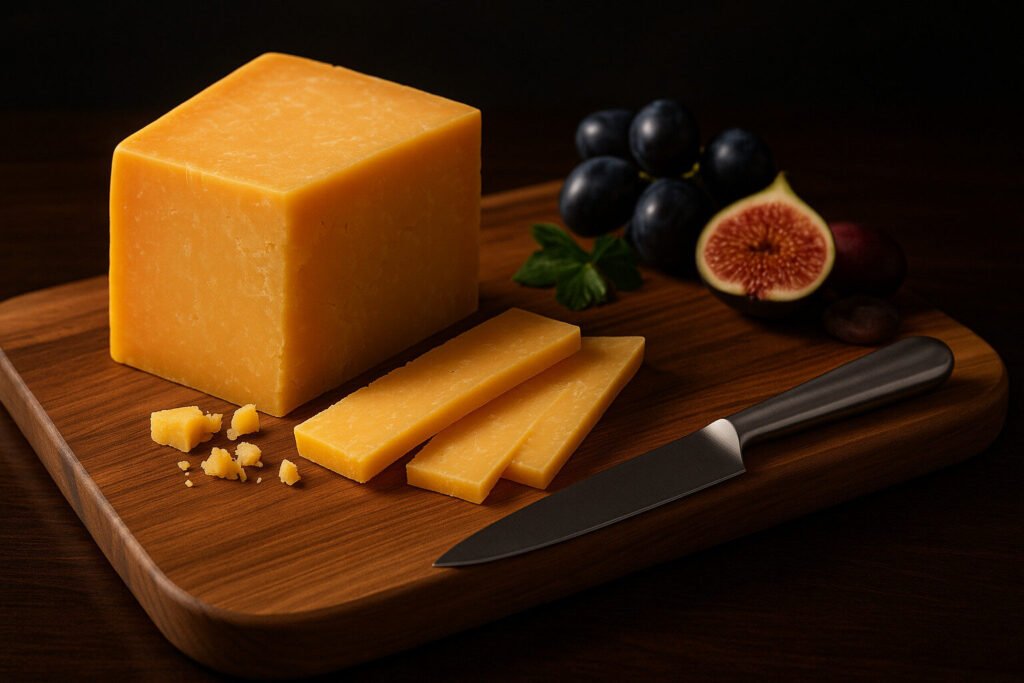Mature Cheese
Definition and Scope
Mature cheese refers to varieties aged for extended periods to develop complex flavors and textures. This category includes hard and semi-hard cheeses that undergo controlled aging processes. Maturation typically lasts from several months to multiple years depending on the desired characteristics.
The scope encompasses cheeses like Parmigiano-Reggiano, aged Gouda, and extra-sharp Cheddar. These cheeses lose moisture during aging, resulting in concentrated flavors and firmer textures. Proper maturation requires specific temperature and humidity conditions to achieve optimal quality.
Production Process
Mature cheese production begins with standard cheesemaking steps including curdling, draining, and pressing. The key differentiation occurs during the extended aging phase in specialized environments. Cheesemakers carefully monitor temperature and humidity throughout this period.
During maturation, enzymes break down proteins and fats, developing complex flavor compounds. Regular turning and brushing prevent mold growth and ensure even development. The duration determines final texture and intensity, ranging from three months to over two years.
Sensory Profile
Mature cheeses exhibit pronounced savory, nutty, and sometimes crystalline textures. Their flavors intensify with age, developing umami characteristics and reduced sweetness. The texture becomes increasingly firm and often granular or crumbly.
Aged varieties frequently develop tyrosine crystals that provide distinctive crunch. Aroma compounds become more complex, featuring notes of caramelization and fermentation. The finish is typically long-lasting and robust compared to fresh cheeses.
Culinary Applications
Mature cheeses serve as flavor amplifiers in cooking due to their concentrated taste profiles. They grate well over pasta dishes, risottos, and salads where intense flavor is desired. Their low moisture content makes them ideal for baking and gratin dishes.
These cheeses pair excellently with full-bodied wines and robust beers. They feature prominently on cheese boards alongside fruits and nuts. Their strong flavors allow smaller portions to make significant culinary impact.
Regional Examples
Italy produces renowned mature cheeses like Parmigiano-Reggiano and Pecorino Romano. These protected designation origin cheeses follow strict traditional methods. Their aging periods range from twelve months to over three years.
English territorial cheeses include extra-mature Cheddar and Stilton blue cheese. Dutch Gouda and Swiss Sbrinz represent other European maturation traditions. Each region develops distinct characteristics through local techniques and environmental conditions.

